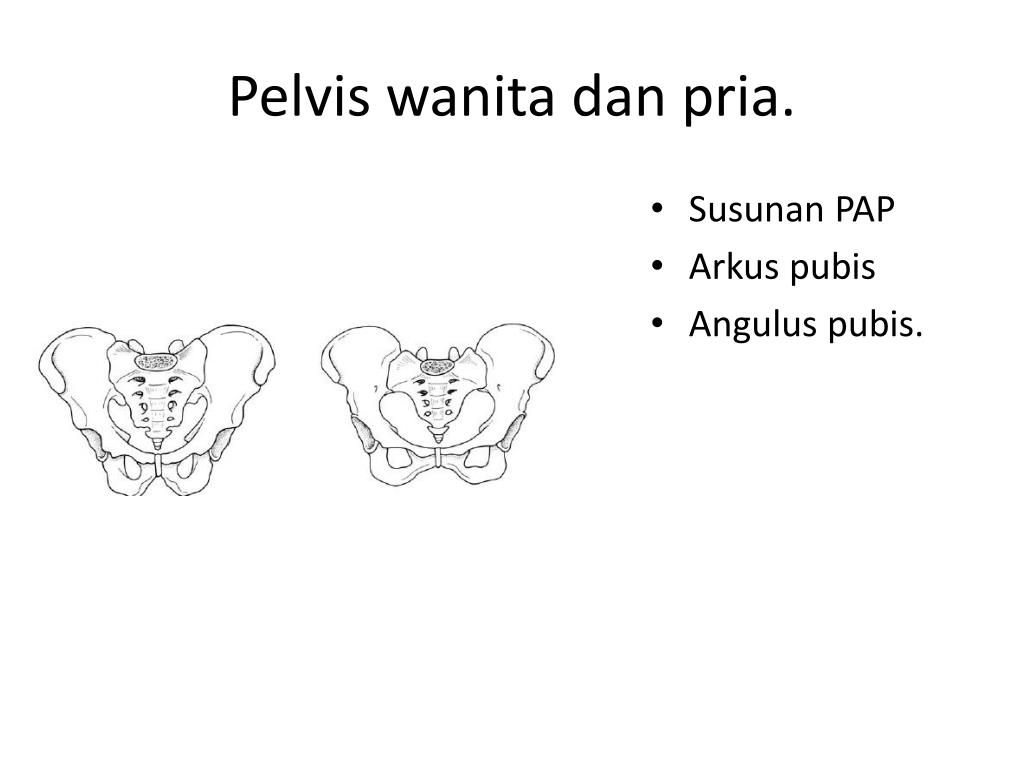Fuente: Pixabay
El otro día una amiga me contó que estaba hecha polvo, que llevaba dos días a punto de irse a urgencias porque tenía «un dolor horrible en la zona del pubis hacia las ingles», que no podía ni andar. Es curioso cómo nos olvidamos de las cosas que no nos marcaron (lo de no dormir no podré olvidarlo jamás) pero nos resultaron negativas en su momento, porque en cuanto leí su whatsapp se me encendió la bombillita y recordé MI propia experiencia con la pubalgia del embarazo. Si la habéis tenido, es posible que leer esto os encienda la bombilla también y recordéis aquello que os pasó las últimas semanas del embarazo. Si no la habéis tenido nunca, os diré que puede llegar a doler telita de la buena.
Ahora bien, ¿qué es la pubalgia del embarazo? ¿es probable que me pase? ¿pasa más según si hago o no hago algo, o no tiene nada que ver y, si me toca, me tocó? ¿me debo preocupar? ¿se soluciona solo o necesito tratamiento? ¿puedo hacer algo para aliviar el dolor? Muchas preguntas. Y todas con respuesta. Vamos a verlo.
Para comprender qué es la pubalgia del embarazo primero tenemos que tener una pequeña idea de cómo esta conformada la pelvis. Voy a tratar de daros una imagen sencilla y visual, sin muchos «palabros» técnicos.
Cuando colocamos los brazos en jarras nos estamos apoyando sobre los huesos ilíacos. Dos huesos grandes con forma de «alas» que se articulan en la zona posterior con el sacro, un huesecito de forma triangular al final de la columna vertebral, en la parte más baja. El sacro lo conforman las que serían las últimas vértebras, pero soldadas entre sí (no como las las vértebras lumbares, dorsales y cervicales, que se articulan de forma independiente).
En la parte anterior los ilíacos se unen mediante la llamada sínfisis púbica: la articulación formada por las dos ramas anteriores, que se juntan una con otra a través de un pequeño disco de fibrocartílago (un disco durillo). Una membrana lo recubre y protege y el resto de la estabilidad se la aportan los ligamentos y músculos que insertan en la zona (abdominales, desde arriba y aductores, desde abajo).
Una membrana lo recubre y protege y el resto de la estabilidad se la aportan los ligamentos y músculos que insertan en la zona (abdominales, desde arriba y aductores, desde abajo).
La sínfisis púbica no es una articulación diseñada para soportar una carga alta, no está preparada fisiológicamente para ello sino para formar parte de un delicado equilibrio tanto a nivel óseo/articular como a nivel muscular en todo lo que es la faja pélvica. Si tenemos un suelo pélvico en buenas condiciones y no tenemos problemas posturales que alteren el equilibrio en la zona, la sínfisis pubiana no soporta un peso excesivo.
Os dejo este vídeo donde se ve muy bien:
Los problemas en la sínfisis pubiana pueden tener origen en actividades deportivas de movimientos intensos y repetitivos como patadas (ejemplo: el fútbol) que sobrecargan la musculatura que se inserta en ella de forma asimétrica y no balanceada, haciendo que la articulación sea «tironeada» siempre en una dirección y acabe dando problemas.
Pero hay otra situación muy común que puede provocar una sobrecarga en la sínfisis púbica: el embarazo.
Esto ocurre por tres razones:
Durante la gestación aumenta la relaxina, lo que hace que los ligamentos del cuerpo se vuelvan más laxos. Esto sucede para ayudar en el momento del parto y que la pelvis pueda adaptarse y deformarse más para que el bebé pueda salir por el canal del parto pero esa laxitud va a afectar a todas las articulaciones de nuestro cuerpo y en general a lo largo del embarazo. Eso hace que la sínfisis púbica esté más «flojita» y que las dos ramas de la pelvis se separen más fácilmente ante un esfuerzo o sobrecarga (lo que se conoce como diástasis).
Tenemos un bebé que va creciendo, desplazando nuestros órganos y haciendo que todo se recoloque, y que cada vez va cargando más peso sobre la zona inferior de la pelvis.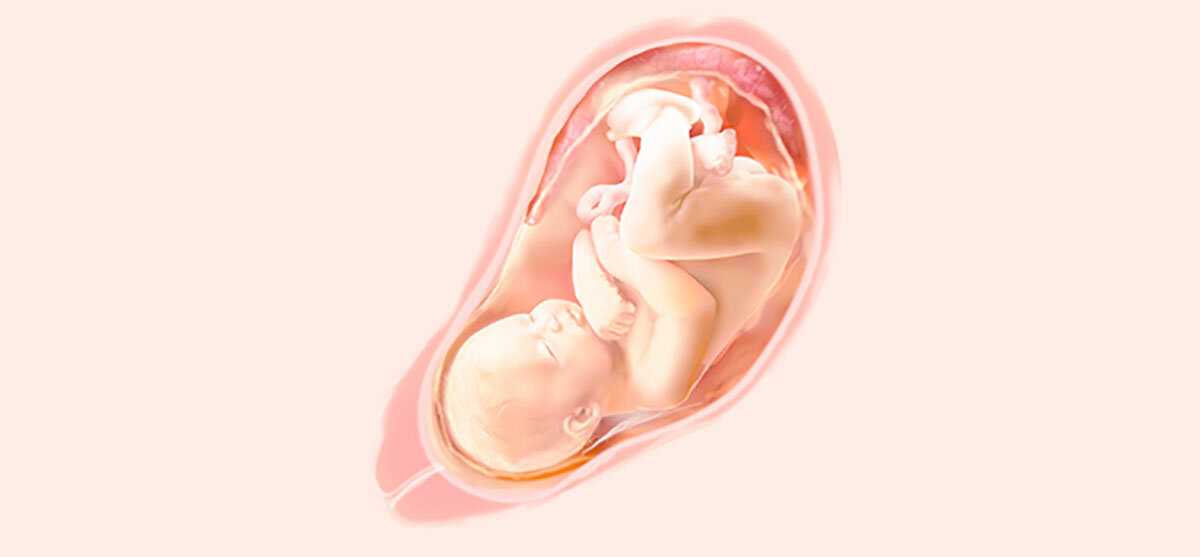
Conforme avanza el embarazo vamos adaptándonos también a él a nivel postural, para soportar mejor la carga del bebé en nuestro interior y para favorecer que tenga el espacio que necesita, lo que altera el equilibrio de la zona al ir colocando la pelvis cada vez en una posición más forzada.
Es decir, estamos colocando cada vez más carga en una zona que no está diseñada para soportarla naturalmente, que tiene más facilidad para «separarse de más» por los cambios hormonales y con un equilibrio postural alterado. Resultado: la articulación se resiente y aparece el dolor.
Nota: El dolor puede ser intenso y punzante, irradiarse hacia las piernas, la espalda, el periné o el abdomen y hacernos andar como un pato (con pasitos cortos y los pies hacia fuera). Pero si suenan crujidos audibles o frecuentes, notamos edema o inflamación y podemos palpar una brecha entre ambas ramas pubianas, lo mejor es acudir a un especialista para que valore el grado de diástasis que tenemos.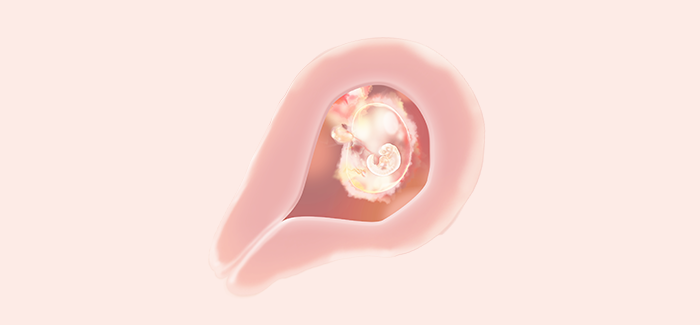
La incidencia anda en torno al 20% de embarazadas, de las cuales aproximadamente un 5% tienen una sintomatología tan severa que les resulta incapacitante para la propia vida diaria.
¿Hasta qué punto esto depende de nosotras? Bueno, hay una parte que depende de factores que no están en nuestra mano, como los cambios hormonales que se produzcan, nuestra propia anatomía y fisiología previas (hay gente que es más laxa de por sí) o las condiciones específicas de nuestro embarazo (el tamaño o peso del bebé, pubalgias embarazos anteriores o partos traumáticos previos), aunque hay otra parte que sí puede estar hasta cierto punto en nuestra mano a la hora de minimizar factores de riesgo.
Cuanto mayor sea el equilibrio de la zona, más fácil será que el cuerpo lo mantenga y soporte todos los cambios del embarazo por lo que es recomendable evitar el sobrepeso a la hora de iniciar el embarazo y asegurar lo máximo posible la estabilidad y el equilibrio de la faja pélvica, corrigiendo en lo posible asimetrías posturales previas y trabajando el suelo pélvico para que tenga un tono adecuado.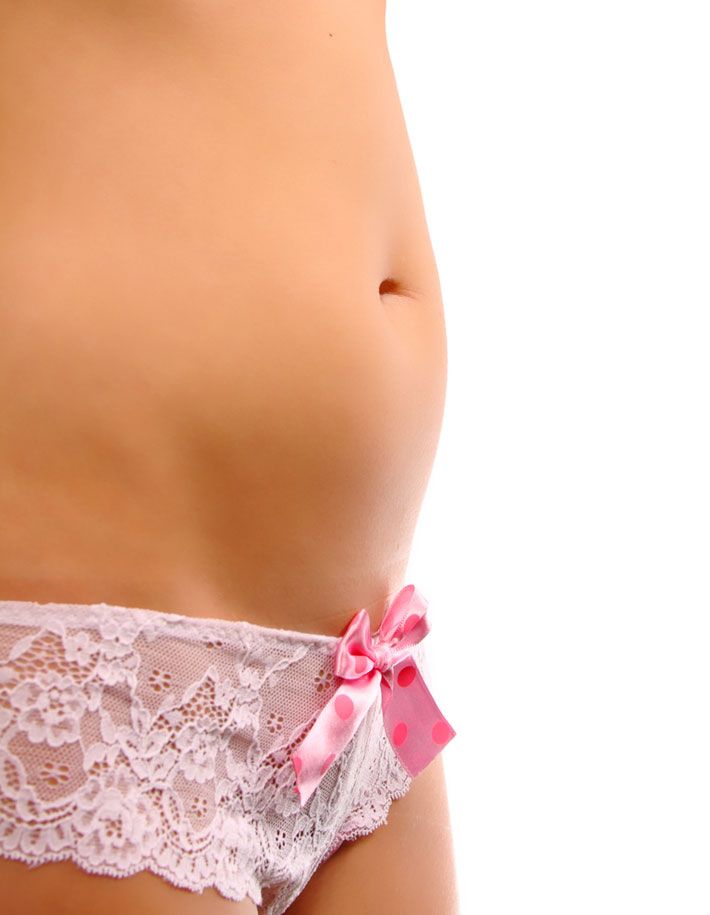
En absoluto. No tiene ninguna gravedad, ni para el bebé ni para la madre (el bebé, de hecho, ni se entera; la que lo sufre es la madre). No es preocupante pero sí puede ser muy dolorosa y nos puede fastidiar un poco la recta final.
La pubalgia, como otras dolencias y molestias que el embarazo nos ocasiona, suele desaparecer en cuanto éste termina y el cuerpo recupera su equilibrio previo. Generalmente revierte sola en el plazo de un mes un mes y medio tras el parto (o incluso en cuanto damos a luz y desaparece la carga que había durante el embarazo).
Aunque es muy poco probable, si continúa habría que ir a algún especialista para ver si la diástasis de la sínfisis púbica (la separación que se ha producido con esa tensión) ha podido desembocar en alguna lesión que haya que tratar específicamente.
Respecto a tratamientos, yo no soy muy partidaria de tomar analgésicos porque no actúan sobre la causa que está produciendo el dolor y cuanto menos química le metamos al cuerpo en un embarazo mejor (sobre todo en un dolor de largo recorrido que puede durar un trimestre entero) pero podemos hacer algunas cosas para reducir la carga sobre la articulación y mantener la simetría pélvica. Y, en consecuencia, aliviar el dolor:
Y, en consecuencia, aliviar el dolor:
A uno de verdad, por favor, más que nunca: estamos hablando de un embarazo que es una situación más delicada de lo habitual y nos tenemos que poner en manos de alguien que sepa lo que hace.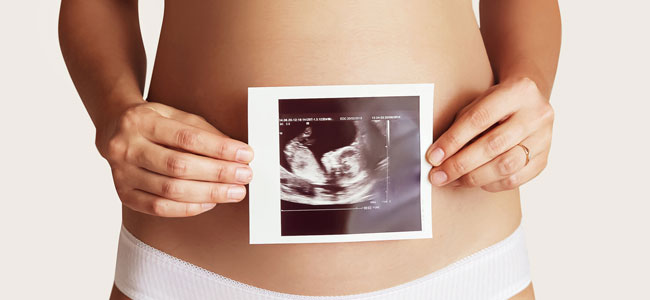
Podrá tratarnos con maniobras que alivien la carga sobre la zona y la estabilicen y enseñarnos una rutina de ejercicios y estiramientos específica para nosotras. Lo de pasarse el día tumbada en el sofá, por tentador que sea, no es bueno: la musculatura se va debilitando y el desequilibrio se acentúa.
Es una buena forma de hacer ejercicio suave sin gravedad, descargando la pelvis.
A mí fue lo que más me ayudó. Durante las últimas semanas, cuando el dolor era más fuerte, me lo ponía cada vez que tenía que caminar y cuando me sentaba me lo quitaba. Ayuda a mantener la estabilidad de la pelvis y alivia bastante el dolor. Pero solo para los momentos en los que lo necesitemos (no es recomendable acostumbrar al cuerpo a elementos tipo faja de forma continua porque se acomoda a ello y da problemas futuros).
Y sobre todo, mucha paciencia.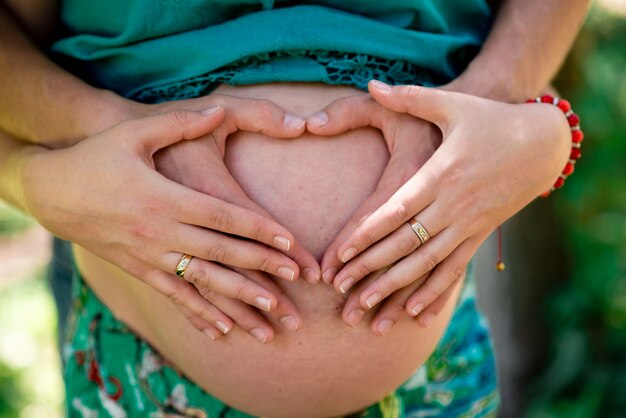 Es una etapa, como las náuseas y otras molestias. Pueden tener una altísima intensidad… pero pasan. Ánimo.
Es una etapa, como las náuseas y otras molestias. Pueden tener una altísima intensidad… pero pasan. Ánimo.
¿No te quieres perder ningún post?
¿Quieres suscribirte y recibirlos cómodamente en tu correo?
Email *
Nombre
( El abdomen, la pelvis y el útero en el embarazo )
El dolor en la pelvis en el embarazo es muy común, y puede presentarse de muchas formas diferentes, tanto en la parte anterior (zona del pubis) y posterior de la pelvis (zona del sacro). El dolor puede ser más agudo y punzante, y aparecer con un movimiento de forma súbita, o más leve y progresivo. En general es posible encontrar una postura que mejora el dolor. En muchos casos el dolor puede ser pasajero, desde unos minutos a unos días, pero en otros casos se producen situaciones más molestas.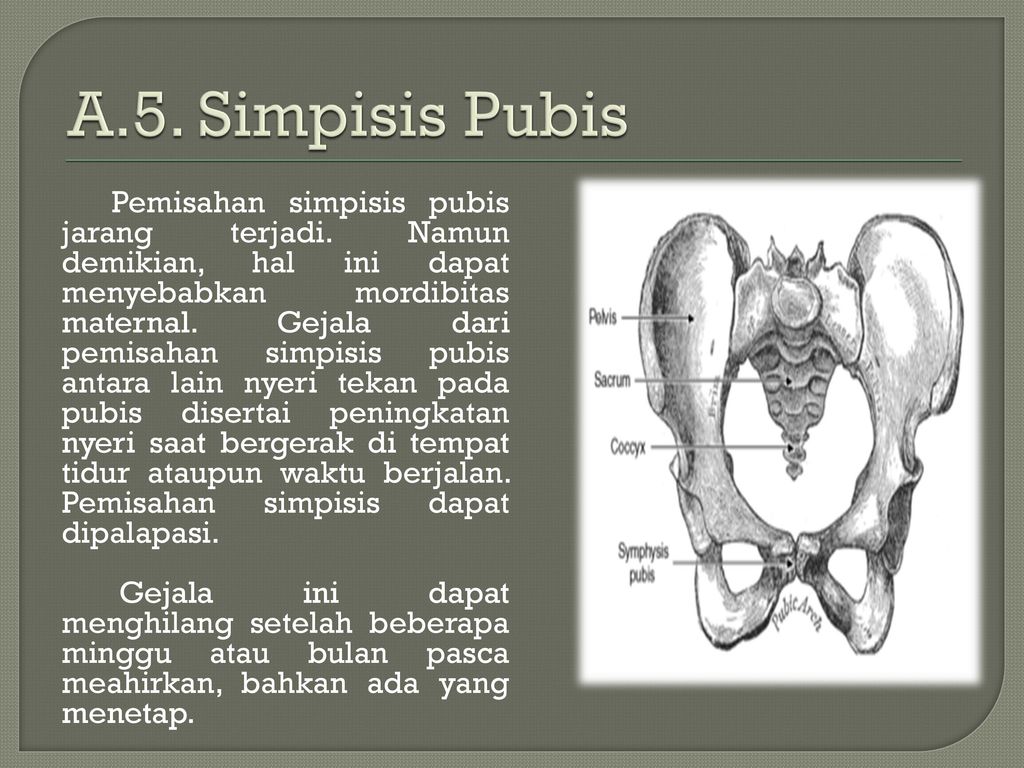 La más conocida de ellas es la disfunción de la sínfisis púbica. El dolor es mucho más común en las fases avanzadas del embarazo pero puede aparecer en cualquier momento.
La más conocida de ellas es la disfunción de la sínfisis púbica. El dolor es mucho más común en las fases avanzadas del embarazo pero puede aparecer en cualquier momento.
También se ha definido como dolor de la cintura pélvica. Se trata de un cuadro que persiste y se hace permanente hasta el parto o más allá. Puede ser simplemente molesto o ser inhabilitante. Afecta al menos a una de cada 30 embarazadas y suele pasar desapercibido si no se piensa en él.
El dolor se origina en la sínfisis del pubis. Cuando palpamos el pubis notamos un hueso, pero en realidad es una articulación, la sínfisis del pubis. En este punto se unen los dos grandes huesos de la pelvis, por unos ligamentos tan fuertes que realmente parece que exista un sólo hueso en el pubis. Los síntomas más comunes son dolor en el pubis y las ingles. Pero a veces puede doler en la espalda, caderas, e incluso irradiarse a los muslos por la parte interna o externa. Puede empeorar en algunas posturas, y puede llegar a ser doloroso durante la noche incluso en reposo y dificultar el sueño.
Puede empeorar en algunas posturas, y puede llegar a ser doloroso durante la noche incluso en reposo y dificultar el sueño.
Suele ser más común en el tercer trimestre, aunque en algunos casos puede aparecer desde el primer trimestre. Una característica de la disfunción de sínfisis púbica es que puede prolongarse el dolor después del parto, varios meses y en muy pocos casos hasta un año.
En la mayoría de casos, el dolor se produce por el propio embarazo en mujeres que no tienen lesiones o alteraciones previas. Tanto el dolor ocasional como la disfunción de sínfisis se producen por una combinación de causas, las más importantes son:
• Las hormonales. Se liberan sustancias como la relaxina que relajan los ligamentos y articulaciones con el fin de facilitar el futuro parto;
• Las mecánicas. Existe una presión importante en toda la zona por el crecimiento del útero y el bebé.
En el caso de la disfunción de sínfisis, se cree que existe una especial movilidad de los huesos en este punto, lo cual favorece el desarrollo de las molestias.
Por tanto, los huesos de la pelvis son más móviles en el embarazo y esto facilita que se produzcan todo tipo de molestias. Sin embargo, existe siempre un componente individual y es difícil saber por qué algunas mujeres tienen muchas más molestias que otras.
En la mayoría de casos, no existe un tratamiento causal, dado que el problema está producido por el embarazo. Sin embargo, es fundamental buscar ayuda si el dolor representa una molestia. Una evaluación por un experto en fisioterapia ayudará a descartar que no existan lesiones anteriores y establecer el plan adecuado.
Diversos estudios han demostrado que la fisioterapia en manos expertas puede reducir muchísimo el dolor, al ayudar a movilizar adecuadamente las articulaciones, reforzar la musculatura pélvica y enseñarte posturas adecuadas.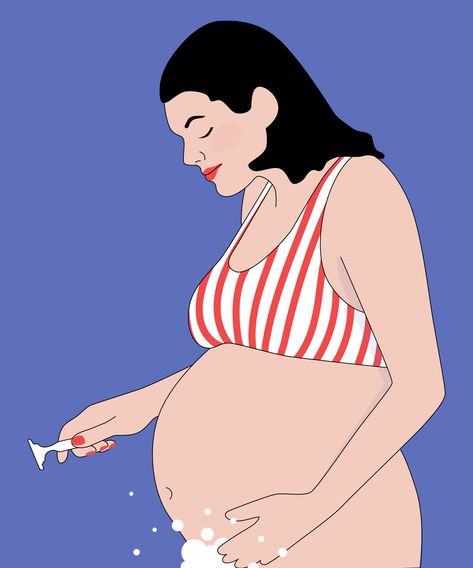 Los ejercicios establecidos por un fisioterapeuta también puede ser de gran ayuda para prevenir y evitar que progresen síntomas iniciales.
Los ejercicios establecidos por un fisioterapeuta también puede ser de gran ayuda para prevenir y evitar que progresen síntomas iniciales.
La utilidad de la fisioterapia no se limita al parto, y por tanto en los meses posteriores puede ser de gran ayuda, especialmente en aquellos casos de disfunción de sínfisis púbica en los que el dolor se prolonga después del parto.
Subscribe to our Instagram! Useful information about pregnancy and childbirth from leading obstetricians and gynecologists in Moscow and foreign experts: https://www.instagram.com/roddompravda/
Tips and opinions from leading child professionals: https://www.instagram.com/emc.child/
The pubic bone is one of the three bones that make up the pelvic bone. Two pubic bones, forming the pubic articulation (symphysis), form the anterior wall of the pelvis. The pubic bone in women with a regular physique has the form of a roller about the thickness of the thumb, which is curved and forms a pubic eminence. This bone hangs in a kind of arch over the entrance to the vagina.
This bone hangs in a kind of arch over the entrance to the vagina.
The main cause of pain in the pubic bone is the divergence and increased mobility of the pubic symphysis. To refer to pathological changes in the pubic symphysis of the pelvis during pregnancy and after childbirth, the following terms are used: symphysiopathy, symphysitis, arthropathy of pregnant women, divergence and rupture of the pubic symphysis, dysfunction of the pubic symphysis. The most commonly used terms are “symphysitis” or “symphysiopathy”.
So, symphysiopathy is a disease associated with a pronounced softening of the pubic joint under the influence of the hormone relaxin, which is produced during pregnancy. The process of softening the interosseous joints is natural, it helps the child to pass more easily through the bone pelvis during childbirth. The diagnosis of “symphysiopathy” is made when severe pain appears, the pubic joint swells, greatly stretches, becomes mobile, and the pubic bones diverge excessively.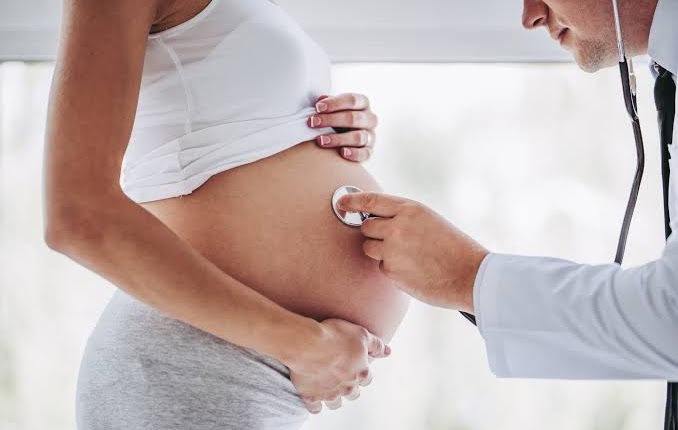 One of the striking, characteristic symptoms of this pathology is that it is impossible to raise the leg in the prone position. In addition to acute pain in the pubis, there are difficulties when walking up the stairs, it becomes difficult to turn from side to side on the bed and get up from the sofa, and the gait changes and becomes like a “duck”. According to most doctors, the cause of symphysiopathy is a lack of calcium, an increased concentration of the hormone relaxin, and increased physical activity on the bones of the pelvic region. In addition, the development of symphysiopathy can be provoked by a serious sports injury or a fracture of the pelvic bones.
One of the striking, characteristic symptoms of this pathology is that it is impossible to raise the leg in the prone position. In addition to acute pain in the pubis, there are difficulties when walking up the stairs, it becomes difficult to turn from side to side on the bed and get up from the sofa, and the gait changes and becomes like a “duck”. According to most doctors, the cause of symphysiopathy is a lack of calcium, an increased concentration of the hormone relaxin, and increased physical activity on the bones of the pelvic region. In addition, the development of symphysiopathy can be provoked by a serious sports injury or a fracture of the pelvic bones.
The disease begins gradually or suddenly during pregnancy, childbirth or after childbirth. Most often, women begin to feel pain in the area of the pubic joint in the third trimester of pregnancy. This is due to the fact that the places of adhesions of the pubic bones, their ligaments and cartilage, soften under the influence of the hormone relaxin.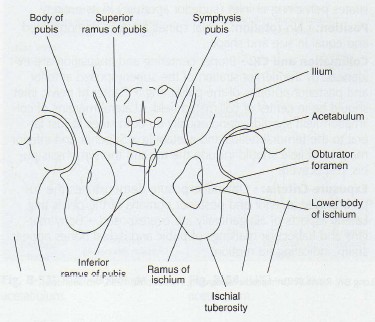 This hormone of pregnancy naturally softens the bony joints, which is necessary to facilitate the passage of the child’s bone pelvis and birth canal at the time of childbirth.
This hormone of pregnancy naturally softens the bony joints, which is necessary to facilitate the passage of the child’s bone pelvis and birth canal at the time of childbirth.
Some women begin to complain of pain in the pelvic bones some time after giving birth. This may be the result of traumatic childbirth (imposition of obstetrical forceps, shoulder dystocia, excessive separation of the hips during childbirth, etc.) or physical exertion (lifting a heavy baby stroller up the stairs, prolonged motion sickness in the arms of a well-fed baby, etc.). It is recommended to limit physical activity, wear an orthopedic bandage, consult a traumatologist. Complaints usually recur after the next pregnancy. In a small proportion of patients, pain persists for a long time.
Obstetricians-gynecologists do not consider a slight soreness of the pubic joint to be a pathology, but if the pain is acute, restricting the movements of the pregnant woman, accompanied by edema, then we can talk about pathology. Pain can be quite strong and especially manifest itself while walking, turning the body to the right and left in a sitting position and even lying down. In this case, you need to urgently consult a doctor and undergo an ultrasound diagnosis (ultrasound) to determine the size of the divergence of the pubic bones. Magnetic resonance imaging (MRI) is also used, which allows assessing the state of the symphysis, the state of the bone tissue, as well as soft tissues.
Pain can be quite strong and especially manifest itself while walking, turning the body to the right and left in a sitting position and even lying down. In this case, you need to urgently consult a doctor and undergo an ultrasound diagnosis (ultrasound) to determine the size of the divergence of the pubic bones. Magnetic resonance imaging (MRI) is also used, which allows assessing the state of the symphysis, the state of the bone tissue, as well as soft tissues.
With ultrasound, the degree of divergence (diastasis) of the pubic bones is determined. The severity of the clinical picture largely depends on the degree of divergence of the pubic bones, and therefore there are three degrees of divergence of the pubic branches: in the first degree – by 6-9 mm, in the second – by 10-20 mm, in the third – more than 20 mm. The severity of the symptoms of the disease varies from mild discomfort to unbearable pain.
There are some recommendations that will help reduce bone pain during pregnancy, if the cause of its occurrence is the divergence of the pubic bones.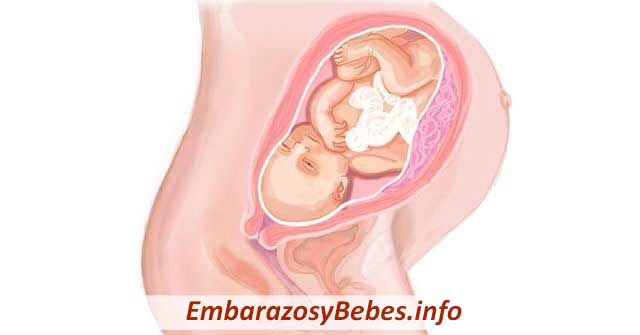 Be sure to wear a bandage, especially in later pregnancy. The bandage takes on most of the load, thereby releasing pressure from the pubic joint. Limitation of heavy physical exertion is indicated for any manifestations of pain, lying down more often, walking less and being in a sitting position for no longer than 30-40 minutes. In severe cases, before and sometimes after childbirth, a woman may be shown strict bed rest. Moreover, the bed should not be hard and flat.
Be sure to wear a bandage, especially in later pregnancy. The bandage takes on most of the load, thereby releasing pressure from the pubic joint. Limitation of heavy physical exertion is indicated for any manifestations of pain, lying down more often, walking less and being in a sitting position for no longer than 30-40 minutes. In severe cases, before and sometimes after childbirth, a woman may be shown strict bed rest. Moreover, the bed should not be hard and flat.
Since the appearance of symphysiopathy is associated not only with a large production of the hormone relaxin, but also with a lack of calcium in the body, the expectant mother is prescribed calcium preparations and complex vitamins for pregnant women, which contain all the necessary vitamins and trace elements in the right amount and proportions. There is evidence that pain is reduced during acupuncture and physiotherapy.
In especially severe cases of symphysiopathy, the pregnant woman is hospitalized.
The occurrence of symphysiopathy is due to several reasons. This is a lack of calcium in the body of the future mother, and an excess amount of the hormone relaxin, and the individual structural features of the woman’s body, and possible hereditary or acquired problems of the musculoskeletal system.
With an unexpressed clinical picture of the disease, with an expansion of the pubic fissure up to 10 mm, normal pelvic sizes, a small fetus, childbirth can be carried out through the birth canal, avoiding the use of physical force, such as the Christeller maneuver. With a pronounced stretching of the pubic symphysis, pain syndrome, especially with anatomical narrowing of the pelvis, a large fetus, there is a danger of rupture of the pubic symphysis, and the method of choice in this case is caesarean section. This is due to the fact that during natural delivery, the bones can disperse even more and the woman subsequently will not be able to walk at all.
The body of a healthy woman is able to independently cope with all the difficulties of the pregnancy period. First of all, the expectant mother should include enough foods containing calcium in her diet, as well as take vitamins for pregnant women.
For the prevention of symphysiopathy, the use of a prenatal bandage is recommended, which supports the abdomen and prevents excessive stretching of the ligaments and muscles. Prophylactic antenatal bandage is usually recommended from 25 weeks of gestation, when the abdomen begins to actively grow.
In order to ensure the plasticity of the ligaments and muscles, as well as the flexibility of the joints, special exercises must be done even during the planning of pregnancy. Yoga gives good results.
Pubic bone is one of the three bones that form the pelvic bone when fused.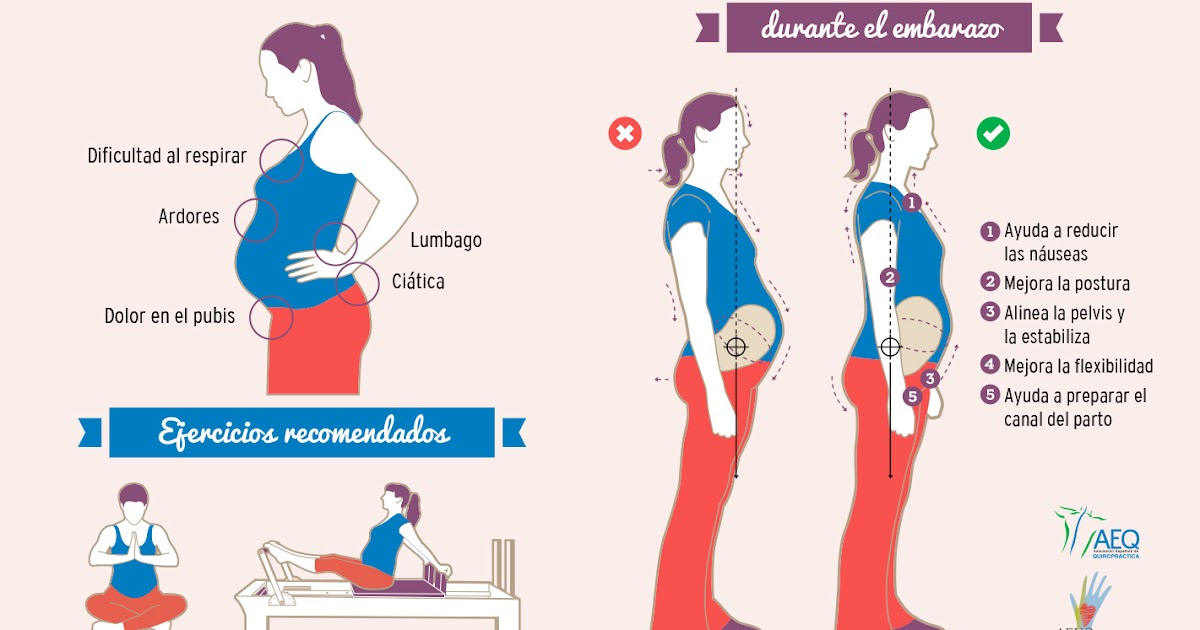 steam room; two pubic bones, forming the pubic articulation, form the anterior wall of the pelvis. Consists of a body and two branches. The branches and body of the pubic bone form an obturator foramen, closed obturator membrane.
steam room; two pubic bones, forming the pubic articulation, form the anterior wall of the pelvis. Consists of a body and two branches. The branches and body of the pubic bone form an obturator foramen, closed obturator membrane.
The pubic bone in women with a regular physique has the form of a roller approximately the thickness of the thumb, which is curved and forms the pubic eminence. This bone hangs in a kind of arch over the entrance to the vagina, fused at the edges with the bones of the pelvis, and does not present an obstacle during intercourse.
The pubic bone is one of the components of the pelvic bone. It is a steam room and, connecting with a cartilaginous disk, the bones form a symphysis (pubic articulation). Pain in the pubic bone is often caused by ongoing pathological processes in the articulation, and not in the soft tissues.
Causes of pain in the pubic bone
If during pregnancy, especially in the second half, you have acute pain in the pubis, it became difficult to walk up the stairs, turn from side to side on the bed and get up from the sofa, and gait changed and became like a duck, perhaps this is symphysitis.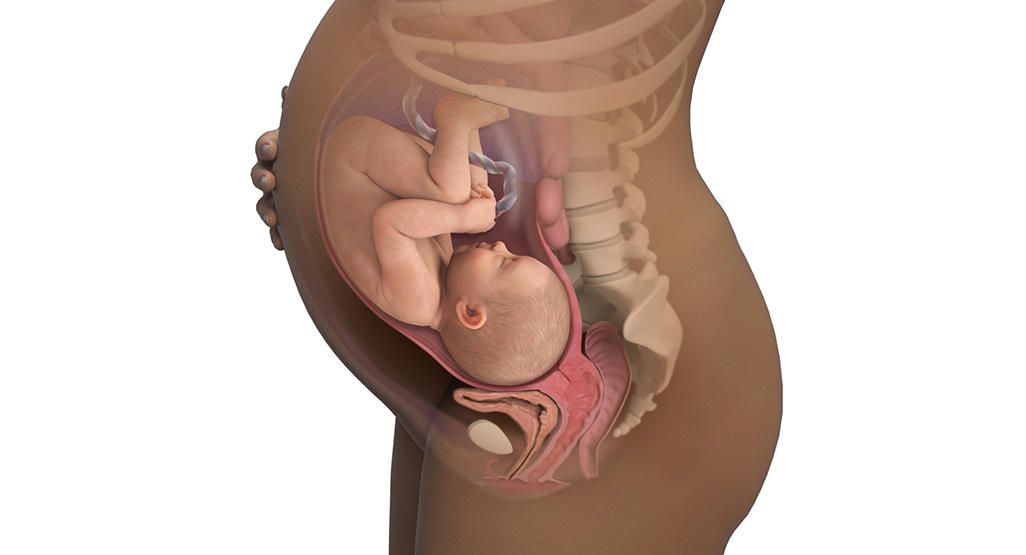
This disease is associated with softening of the joints of the pelvis and stretching of the pubic symphysis (also called the symphysis – it is an inactive joint and connects the pubic bones) under the influence of the hormone relaxin. The process of softening the interosseous joints is natural, it helps the child to pass more easily through the bone pelvis during childbirth.
But in the case when the pubic articulation swells, strongly stretches, becomes mobile, and the frontal bones, accordingly, diverge excessively – pain appears and the diagnosis of “symphysitis” is made. The reasons why this disease occurs are not fully understood. Some scientists are inclined to the version of a lack of calcium in the body of a pregnant woman, some associate the disease with an increased concentration of relaxin. Perhaps symphysitis is caused by the individual structural features of the woman’s body, hereditary characteristics or her pre-pregnancy problems with the musculoskeletal system.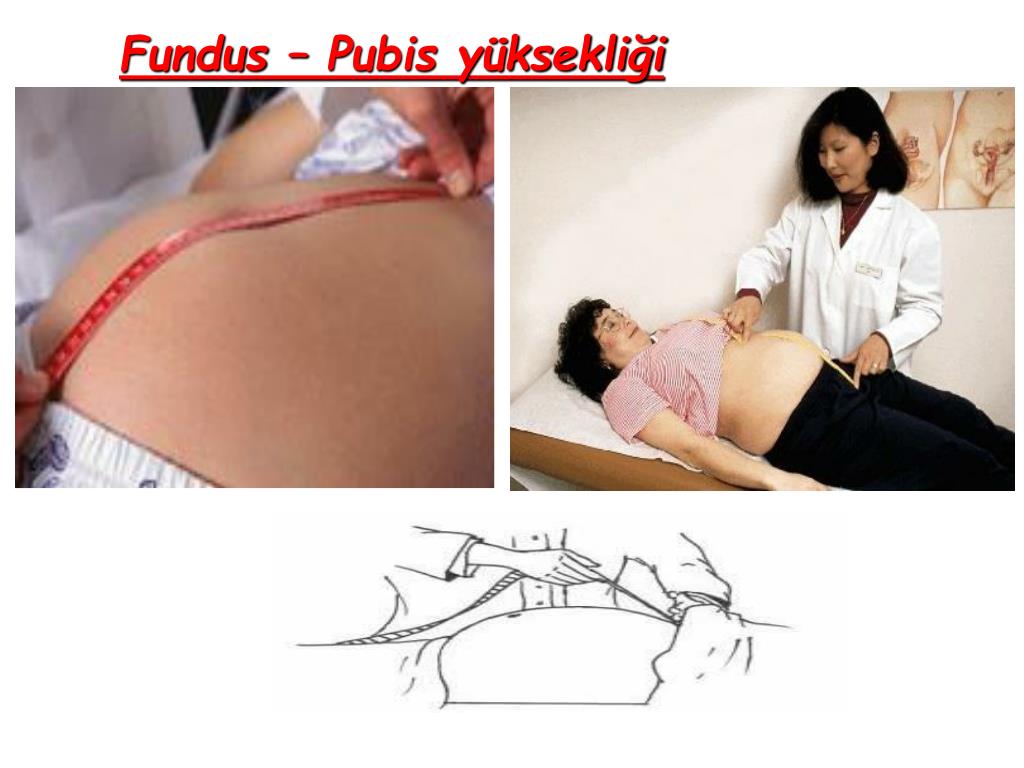
Women begin to complain of pain in the pelvic bones after childbirth due to symphysiolysis. The syndrome consists of symphysiolysis proper, rupture of the symphysis and pain in the pelvic bones . Symphysiolysis is characterized by separation between the two pubic bones and instability.
Acute rupture of the symphysis is very painful, in which case rest and a pelvic bandage are necessary. Pain in the pelvic bones is characterized by soreness of the symphysis and sacroiliac joints. Complaints usually recur after the next pregnancy.
Fractures of the pubic bone usually occur with a direct blow to the pubic bone area or with compression of the pelvis. More often they are not accompanied by a significant shift. Patients complain of pain in the pubic bone, aggravated by movement of the legs or probing.
In the supine position, the patient cannot raise the straight leg. This symptom is called the sticky heel symptom.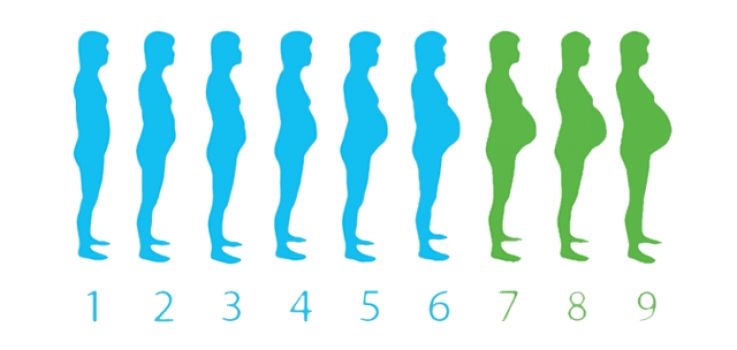 Fractures of the pubic bone may be accompanied by bruising of the bladder. Then there are urinary disorders, Pain when urinating.
Fractures of the pubic bone may be accompanied by bruising of the bladder. Then there are urinary disorders, Pain when urinating.
In some women, the pubis has the shape of a flat saber-shaped strip 3-4 fingers wide, almost half covering the lumen of the vestibule of the vagina. With this form of the pubic bone, its lower edge becomes an obstacle, causing sharp pain when trying to insert the male penis into the vagina.
It is especially strongly felt when the penis presses on the periosteum and presses the urethra against the sharp edge of the pubic bone. Pain when pressing on the periosteum is very painful and is repeated, as a rule, with each attempt to resume sexual intercourse. All this contributes to the consolidation of the protective conditioned reflex and the woman’s negative attitude towards sexual life. For pain in the pubic bone, you should contact a gynecologist and traumatologist.
Treatment
The treatment of this pain in the pubic area necessarily includes special gymnastic exercises focused on the muscles of the abdomen and pelvic floor. For example, to perform one of the exercises, you need to get down on all fours and, keeping your back straight, take a breath. Exhaling, the muscles of the pelvic floor should be compressed and not unclenched for 5-10 seconds. Breathing should not be held back, nor should you move your back. At the end of the exercise, the pelvic muscles must be slowly relaxed. This and similar exercises strengthen the muscles of the back and pelvis.
For example, to perform one of the exercises, you need to get down on all fours and, keeping your back straight, take a breath. Exhaling, the muscles of the pelvic floor should be compressed and not unclenched for 5-10 seconds. Breathing should not be held back, nor should you move your back. At the end of the exercise, the pelvic muscles must be slowly relaxed. This and similar exercises strengthen the muscles of the back and pelvis.
Patients are also prescribed manual therapy , which gently affects the muscles of the pelvis, hips and back. Water exercise is also effective. For pain in the pubic region, treatment is prescribed by a gynecologist. In some cases, he will prescribe the following ways to get rid of pain:
Acupuncture. This procedure allows you to get rid of pain in the pubic bone, not only women, but also men. The procedure is almost painless, but very effective. The only thing to consider when agreeing to acupuncture is to trust your body only to a doctor who has received special training in this field of treatment;
Osteopathic consultation, chiropractic.